insulating compost
pandscorp
14 years ago
Related Stories
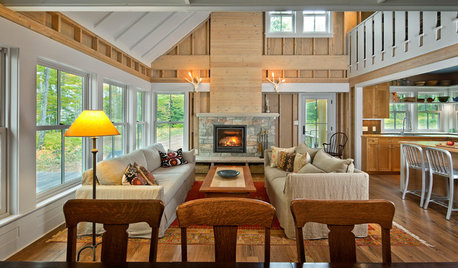
HOUZZ TOURSHouzz Tour: Just Being Modest on Lake Superior
You don’t have to go all-out to have a retreat that’s all good, this Wisconsin vacation home shows
Full Story
FALL GARDENING5 Ways to Put Fall Leaves to Work in Your Garden
Improve your soil and yard the organic way with a valuable garden booster that grows on trees
Full Story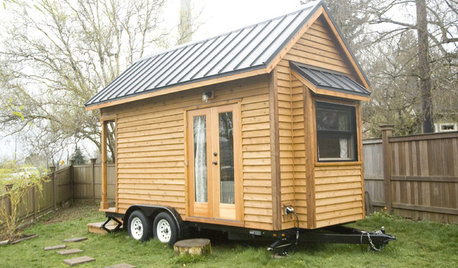
HOUZZ TOURSMy Houzz: Mobile Microliving in Oregon
A 128-square-foot home for a couple in Portland is designed for simplicity, affordability and beauty
Full Story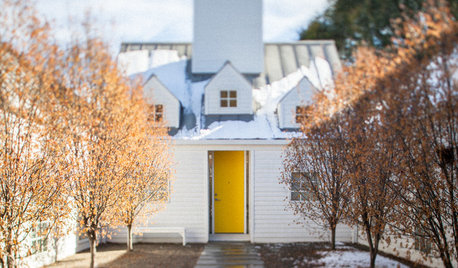
HOUZZ TOURSMy Houzz: A Master’s Design Goes Green and Universal
Adapting $500 house plans in Pittsburgh leads to planned Platinum LEED certification and better accessibility for one of the owners
Full Story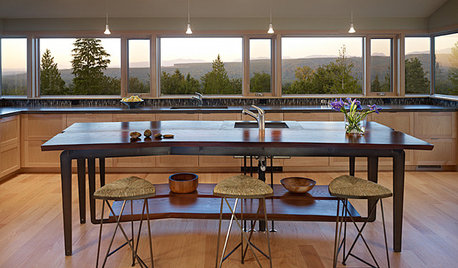
DECORATING GUIDESSo Your Style Is: Green
Way beyond a hue on a paint chip, green means a healthy home with a unique style designed around sustainability
Full Story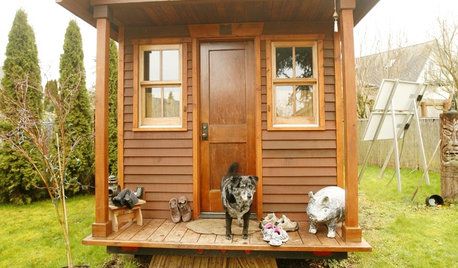
SMALL SPACESLife Lessons From 10 Years of Living in 84 Square Feet
Dee Williams was looking for a richer life. She found it by moving into a very tiny house
Full Story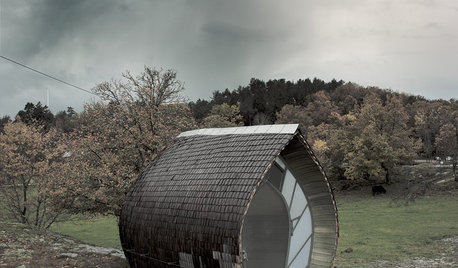
HOUZZ TOURSHouzz Tour: A Rare Tiny-Home Specimen in Sweden
With a reptilian skin and unusual architecture, this small home focuses on nature and simple living
Full Story
EVENTSOn Show: Weird, Wondrous Science Meets Design
Houses grown, not built. Power-generating soil. And snail poop that ... well, see for yourself in our coverage of a new Rotterdam exhibit
Full Story
TINY HOUSESHouzz Tour: A Custom-Made Tiny House for Skiing and Hiking
Ethan Waldman quit his job, left his large house and spent $42,000 to build a 200-square-foot home that costs him $100 a month to live in
Full Story
GARDENING GUIDESNew Ways to Think About All That Mulch in the Garden
Before you go making a mountain out of a mulch hill, learn the facts about what your plants and soil really want
Full StoryMore Discussions







swanz
glenam
Related Professionals
West Milford Landscape Architects & Landscape Designers · Belvedere Park Landscape Contractors · Cerritos Landscape Contractors · Columbine Landscape Contractors · Framingham Landscape Contractors · La Mirada Landscape Contractors · Lake Saint Louis Landscape Contractors · Parkland Landscape Contractors · Round Lake Landscape Contractors · Oxon Hill Landscape Contractors · Shorewood Decks, Patios & Outdoor Enclosures · Fort Mill Decks, Patios & Outdoor Enclosures · Mobile Decks, Patios & Outdoor Enclosures · Verona Decks, Patios & Outdoor Enclosures · West Palm Beach Decks, Patios & Outdoor EnclosurespandscorpOriginal Author
swanz
joe.jr317
burra_maluca
pandscorpOriginal Author
swanz
joe.jr317
pandscorpOriginal Author
Lloyd
Kimmsr
pandscorpOriginal Author
burra_maluca
pandscorpOriginal Author
thecomposter
pandscorpOriginal Author
jonas302
Kimmsr
pandscorpOriginal Author
glenam
swanz
Lloyd
pandscorpOriginal Author
Lloyd
burra_maluca
afk-olkie